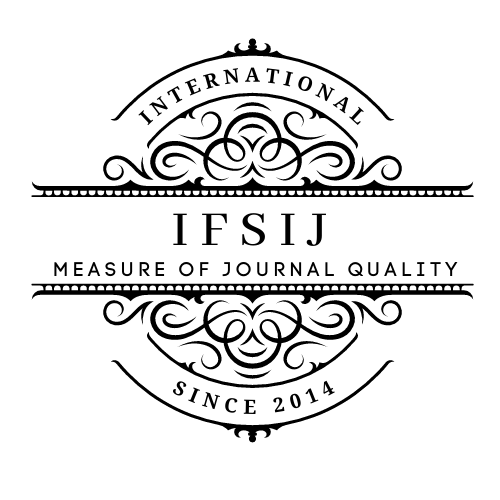THE CURRENT STATE OF THE PROBLEM OF SEVERE ACUTE PANCREATITIS
Abstract
Despite the advances in intensive care and surgical treatment of acute pancreatitis, no significant progress has been achieved in the treatment of its severe form. Conservative treatment of severe pancreatitis results in almost 100% mortality, while surgical treatment reduces it to 30%. Severe pancreatitis includes patients with multiple organ failure and/or infected pancreatic necrosis. The recommendations of the International Association of Pancreatologists note that non-infected pancreatic necrosis accompanied by multiple organ failure in some cases should be surgically treated, while infected pancreatic necrosis is an indication for surgical treatment. In this case, both minimally invasive and various types of "open" surgical interventions can be used. Unfortunately, such guidelines are not always accepted and attempts are made to search for "special" forms of pancreatitis and hopes are placed on conservative, detoxifying and various types of minimally invasive interventions, which leads to late, not always adequate, dangerous manipulations and high mortality. In sterile necrosis, a conservative approach is generally accepted as long as there is a positive response to the treatment in the intensive care unit. Also, at this stage of acute pancreatitis, the available treatment experience allows us to assert the advantage of minimally invasive methods over traditional ones. Thus, there is no doubt about the effectiveness of removing toxic effusion from acute fluid accumulations of the pancreas under ultrasound or CT control and drainage of the abdominal cavity using video laparoscopy.
Downloads
Published
Issue
Section
License

This work is licensed under a Creative Commons Attribution-NonCommercial-NoDerivatives 4.0 International License.















